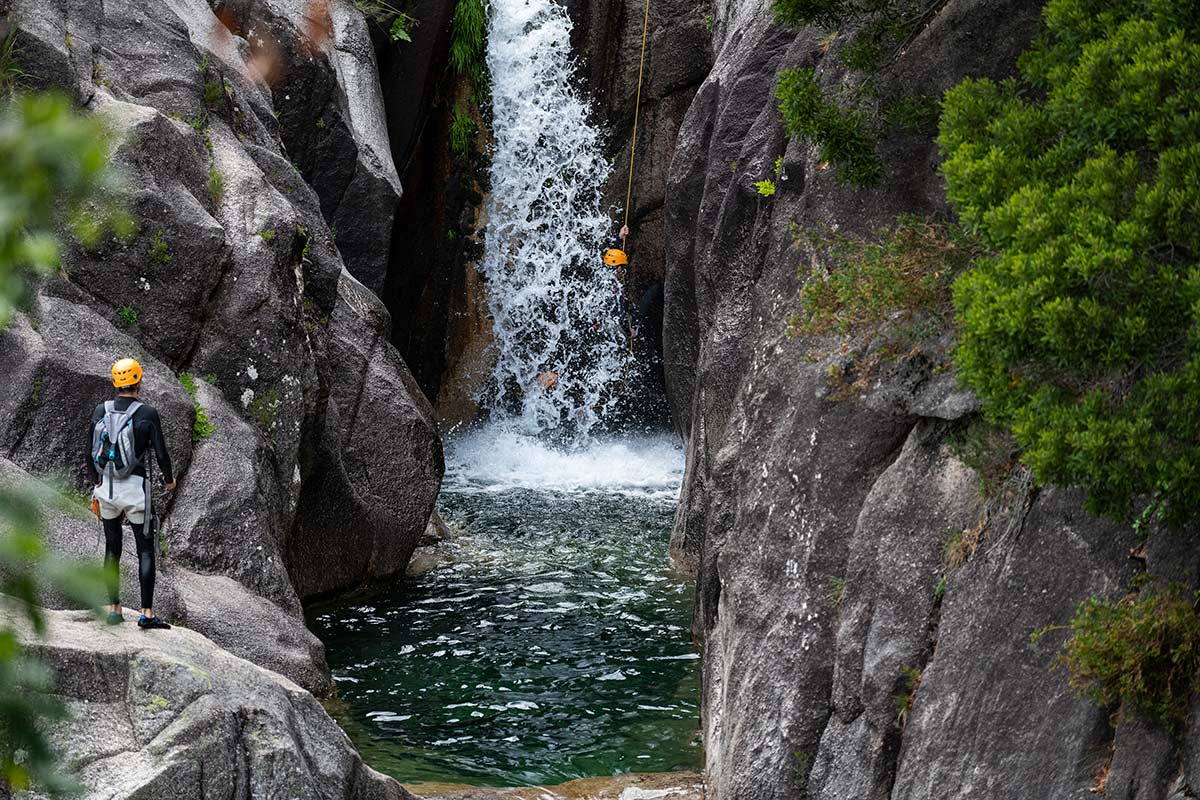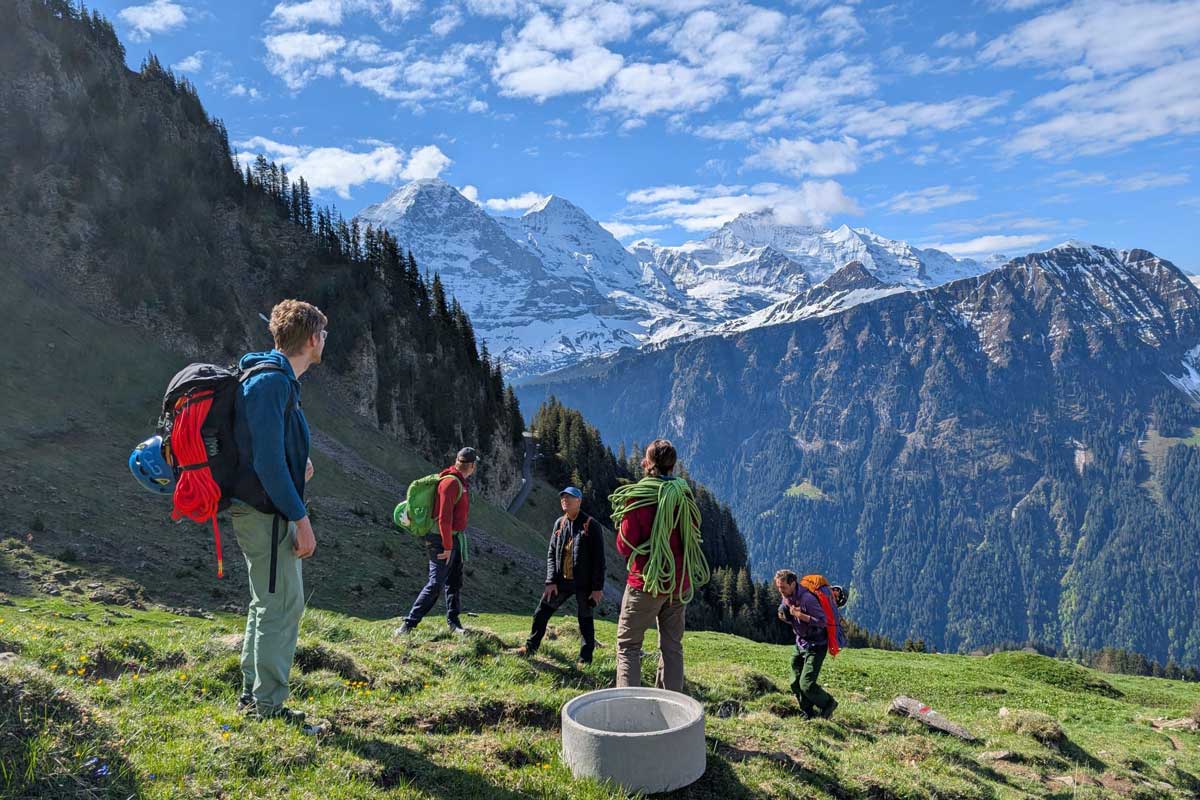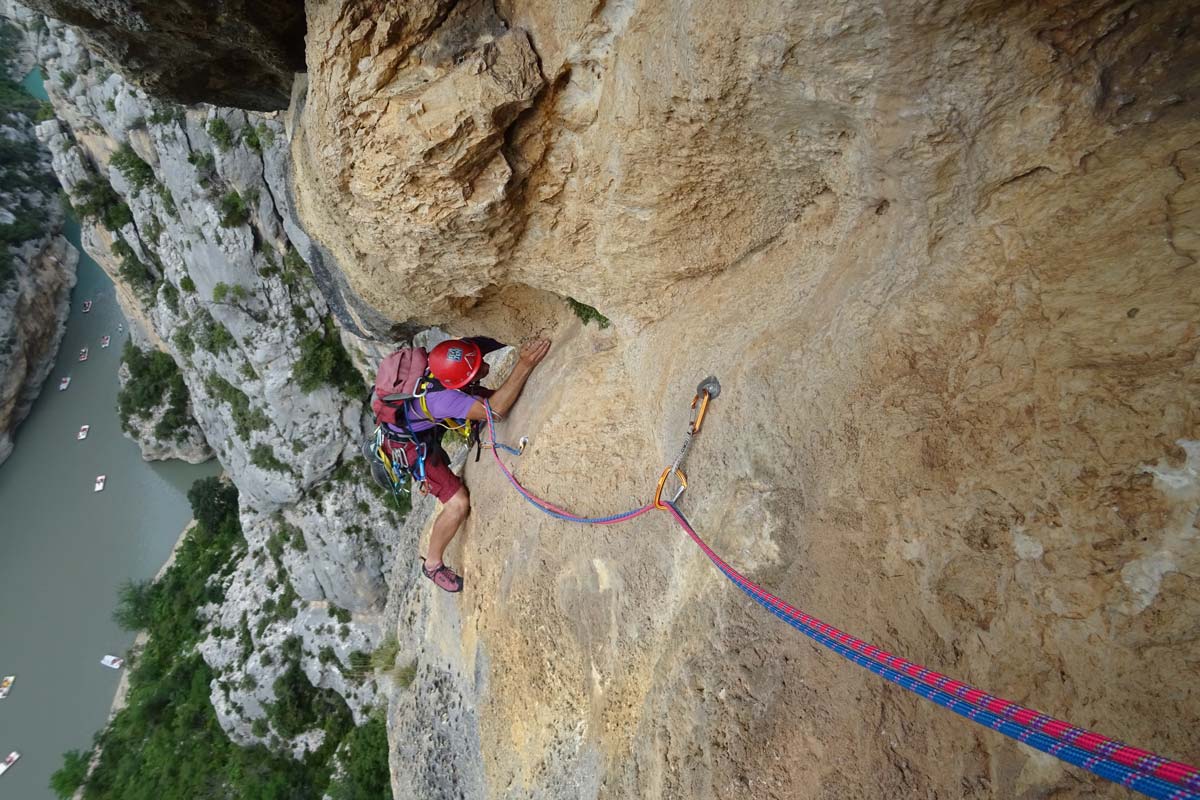It has been reported that three canyon harnesses of unrelated marks and models broke between July 2017 and December 2018 in La Réunion, le Verdon, and Angon, (France). Fortunately, these breakages did not result in any serious injuries.
A laboratory member of the UIAA Safety Commission has carried out studies on the long-term effects of harness performance in the aggressive environment of canyons.
The limits of the study were to test, in accordance to EN 12277/UIAA 105, the resistance of several worn harness attachment points and belts. Forty-eight discarded harnesses (from one to twenty years of use) were provided by professionals for these tests.
The major finding was that the resistance of some harnesses had dropped severely, indeed to 10% of the standard value in a period of three to four years.
The results of this first study seem to prove it could be a major safety issue, and should lead to complementary tests and research on canyon harness ageing. The reasons for these ruptures could be the influence of water and/or the conditions of use, such as drying and storage.
To ensure safety of canyoners repeatedly using harnesses in wet/damp conditions, it is strongly advised that the following recommendations be adhered to:
– Strictly follow the recommendations of the manufacturers regarding the frequency of checks and the criteria for disposal (look at the instructions for use given with each harness, or on the manufacturer’s websites).
– Do NOT dry the harness by exposing it to high temperatures, but use a dehumidifier, or slowly dry this equipment in a ventilated room, protected from light.
– Respect the manufacturers’ recommendations regarding abrasion of equipment.
– DISCARD a harness with notched or frayed straps and/or a rusty or deformed tightening loop (see examples of two harnesses below).
– The adverse influence of water is likely though not demonstrated: In the interest of safety, strictly follow the lifetimes recommended by individual manufacturers. In case of doubt, contact the manufacturers through their after-sales service.
 If you have any questions or would like to report any other failures please send an email to safetylabel@theuiaa.org
If you have any questions or would like to report any other failures please send an email to safetylabel@theuiaa.org
Photo: iStock/Tiago_Fernandez



